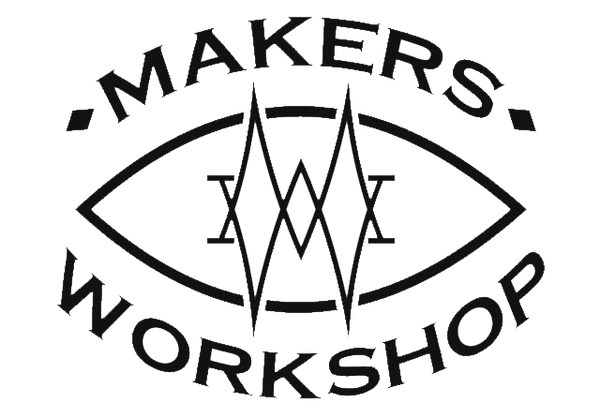Welding is a crucial process that has played a significant role in shaping the world we live in today. From ancient times to modern innovations, the art of welding has evolved and revolutionized various industries. Let's take a journey through time and explore the fascinating timeline of welding history.
3000 BCE: The Birth of Welding
The earliest evidence of welding dates back to the Bronze Age, around 3000 BCE. During this time, ancient civilizations discovered that heating metals and hammering them together created a strong bond. This process, known as forge welding, laid the foundation for future welding techniques.
19th Century: The Rise of Arc Welding
In the early 1800s, Sir Humphry Davy invented the electric arc, which became the basis for arc welding. However, it wasn't until the late 1800s that Nikolai Benardos and Stanisław Olszewski developed the first practical arc welding method. This breakthrough allowed for the joining of metal structures on a larger scale.
20th Century: Advancements in Welding Technology
The 20th century witnessed significant advancements in welding technology, leading to its widespread use in various industries. In 1919, C.J. Holslag introduced the coated metal electrode, which improved the quality and efficiency of welding. Subsequently, the introduction of gas welding, resistance welding, and submerged arc welding further expanded the possibilities of welding applications.
1940s: World War II and Welding
During World War II, welding played a crucial role in the manufacturing of military equipment and vehicles. The demand for skilled welders skyrocketed, leading to the establishment of welding schools and training programs. This period marked a turning point in the recognition and professionalization of welding as a vital trade.
1960s: The Emergence of Laser Welding
In the 1960s, laser technology made its way into the welding industry. Laser welding offered precise control, high energy density, and the ability to weld various materials. This innovation revolutionized industries such as automotive, aerospace, and electronics, where precision and speed were paramount.
21st Century: Automation and Robotics
With the advent of the 21st century, automation and robotics have transformed the welding landscape. Robotic welding systems have become increasingly common, offering enhanced precision, efficiency, and safety. These automated systems have revolutionized industries such as automotive manufacturing, shipbuilding, and construction.
The Future of Welding
As technology continues to advance, the future of welding looks promising. Innovations such as friction stir welding, 3D printing, and laser-hybrid welding are pushing the boundaries of what is possible. These advancements will undoubtedly lead to more efficient and sustainable welding processes, opening up new opportunities across industries.
Welding has come a long way since its humble beginnings in ancient times. From forge welding to laser welding, this essential process has shaped the world we live in today. As we move forward, it's exciting to envision the possibilities that lie ahead in the ever-evolving field of welding.

